Young people love the Snapchat app because of its self-delete messages feature. Besides the goofy face filters, these characteristics promote the wrong notion of privacy. Snapchat sexting accounts have been on the rise. This is where one party shares sexually explicit photos and videos of a sexual nature with another.
This article provides a detailed list of the dangers of sexting on Snapchat. We will also provide parents with what they require to protect their children at this age.
What is sexting?
Sexting is the practice of sending, receiving, or forwarding sexual texts, images, and videos. This is usually done through mobile phones or computers. Due to the enhanced use of mobile devices and social media, this practice has become rampant among teenagers and the young.
Forms of sexting include:
- Text-based: Transmitting written messages that have sexually provocative or pornographic content.
- Images: Posing, forwarding, or reposting of any nude or partially nude photos of oneself or others.
- Videos: Sending short, personal, sexually explicit videos or live broadcasting contains pornographic content.
- Voice messages: Sharing and sending voice notes with sexually suggestive meaning.
- Emojis and symbols: Using emojis, symbols, or codes that can be interpreted as having sexual implications.
Parents should have more insight into the various types of sexting to engage their children in informed discussions on proper conduct online.
Why is Snapchat the app with the most sexting accounts?



Out of all the apps, Snapchat has been most closely linked to sexting due to several factors its users consider to make their conversations more secure.
- Disappearing messages: Snapchat’s primary value proposition is the ability to send messages through the app that self-erase after being viewed. This provides an illusion of privacy since users feel that their content will disappear into thin air.
- Screenshot notifications: The app also informs senders if a recipient takes a screenshot of the message. This creates an illusion of complete privacy and security for some users.
- Filters and editing tools: These features enable users to beautify or change some aspects of themselves. This might help them feel comfortable taking and sending revealing photos.
- Stories feature: The content shared in Stories is erased after 24 hours, even though there is an option to save it, emphasizing the temporary sharing concept.
- Discover section: It may occasionally contain risqué content from various publishers, which may desensitize young users to such material.
- Private messaging: The focus is on one-to-one messaging, which may create a more personalized experience than other social networking applications.
These features have made Snapchat ideal for sexting accounts, even though it is essential to understand that no digital sharing is safe.
A 2014 survey conducted by Drexel University found that 54% of the respondents admitted to sexting through Snapchat. This was compared to 14. 2% who used other messaging apps.
This means there is a misconception that Snapchat is a platform meant for sexting. People can engage in this act on any other messaging platform.
Is sexting on Snapchat a crime?
As much as sexting on Snapchat or any other social media application is fun, it is a criminal act, mainly if the involved persons are underage.
The legal aspects and consequences vary by jurisdiction, but here’s an overview:
- Age of consent: In many places, it is against the law for minors to produce, possess, or distribute child pornography, even if the child is a willing participant.
- Child pornography laws: Sexting with minors can lead to child pornography charges with very strict consequences.
- Non-consensual sharing: Posting explicit photos of a person without their permission is prohibited in many countries and termed as ‘revenge porn.’
- Coercion or exploitation: Sexting to defraud, threaten, or coerce others is wrong and is against the law.
Potential consequences for minors:
- Criminal charges: Depending on the circumstances of the case, the charges could be either a misdemeanor or a felony.
- Sex offender registration: In extreme situations, the convicted person might be asked to register himself or herself as a sex offender.
- School disciplinary action: Sexting can also get students into trouble with their respective schools; some schools have policies against sexting, and violation is punishable through suspension or expulsion.
- Future impact: It may also affect chances of getting into college, getting a job or an interview, and finding a place to live.
- Emotional and social consequences: Sexting leads to bullying, damage to image, and psychological consequences.
Parents should make sure that their children understand the legal ramifications of sexting and the possible repercussions that can follow it.
The risks of Snapchat sexting
Snapchat’s official age limit is 13+. This means there are a large amount minors (even those under 13) active on this platform. Those young people who lack social experience are particularly vulnerable to becoming victims. Sexting on Snapchat or any other social network has different impacts and various dangers. Here’s a breakdown of the negative impacts parents should be aware of:
Loss of privacy
– Screenshots and screen recording: While Snaps are erased, Fleiss can simply take a screenshot or record the screen and save your sext.
– Sharing without consent: Sexting is a decision that can be made once, and once you have sent a sext it cannot be undone. The recipient could well show it to friends or even use it to blackmail the sender with.
Emotional harm
– Revenge porn: You never want your nudes to be spread forward. If the two of you had a messy break-up, the better could decide to embarrass or hurt you by posting these private pictures online. These cause embarrassment, depression, pressure, or even suicide.
Legal repercussions
– Child pornography: The act of sending abusive messages to a minor is unlawful as well as immoral. This is a legal outcome that signifies imprisonment apart from being put on the list of sexual offenders.
– Extortion: Sometimes, the photos could be employed to get some amount of money from a particular person or to ‘‘black-mail’’ the person.
Other risks
– Damaged reputation: Your nude photos being leaked will make you blush in school, at the workplace, or when with friends.
– Any legal consequences may impact whether you will get into college or have a job or not.
Sexting, for example, is fun when one is worked up but will result in nasty effects in the future. Everyone has to be safe when using the Internet, and everybody should know these threats.
What to do if your teen is Snapchat sexting?
If you are aware that your teen is engaged in Snapchat sexting, you should handle it in the most polite and calm manner possible. Here are some tips to help address the teen sexting issue and cut off the connection between Snapchat sexting accounts and your child:
- Stay calm and non-judgmental: Respond without getting mad or being overly critical. This will allow your teen to share their concerns and problems that might be ailing them.
- Have an open, honest conversation: Explain the dangers and possible outcomes of sexting. Ask your teen why they engaged in this behavior, and make sure you listen to them attentively.
- Educate about digital permanence: It is important to explain that once an image has been uploaded anywhere, it cannot be fully removed and may be spread online.
- Establish clear boundaries and limits: Collaborating to establish common guidelines for correct web behavior and limit certain apps or screen time might be useful.
- Seek professional help if needed: If something more profound is causing the behavior or if your teenager is dealing with emotional problems, seek the help of a counselor or a therapist.
Tips for talking to teens about online safety and sexting
- Start early: Talk to your child about the dangers of the internet and how they should behave while using the internet and social media before getting involved.
- Use real-life examples: Explain the possible repercussions of sexting by referring to fresh and local stories or incidents at your teen’s school.
- Emphasize consent and respect: Explain to your teenager the concept of consent and ensure he or she understands that it applies online.
- Encourage critical thinking: Teach your teen ways to identify and report possible risky scenarios online.
Steps to report sexting accounts on Snapchat
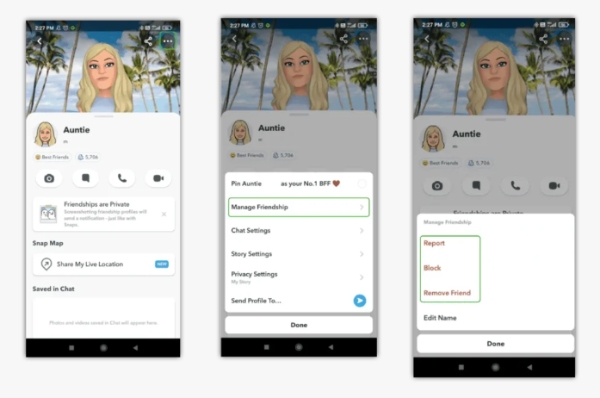


Here’s a step-by-step guide for parents to report inappropriate content or sexting accounts on Snapchat:
- Open the Snapchat app.
- Go to where the content or account violation is located.
- Long press on the Snap or Story option.
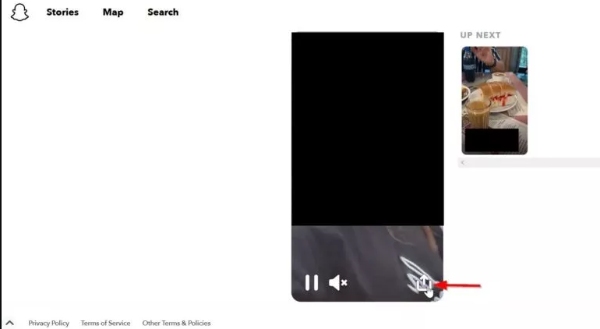


- Click on the flag icon or report button.
- Choose the reason to report.
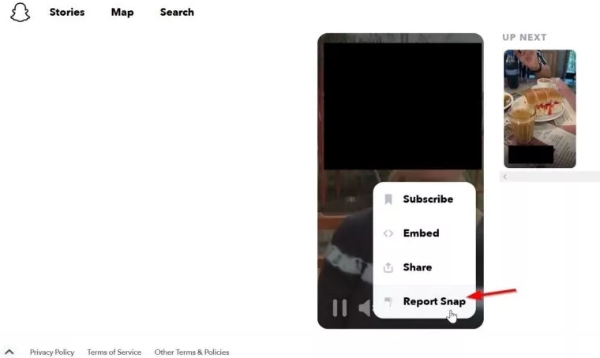


- Select the required type of violation.
- Give any other information if required.
- Submit the report.
Steps to set up FlashGet Kids for monitoring
Among the parent strategies related to teen online safety, parental monitoring is critical in terms of prevention and intervention. One such one-in-all tool that can be helpful is FlashGet Kids.
This app will enable parents to track their kids’ phone screens and live locations in the real world. One of the powerful features against Snapchat sexting issues are keyword detection and the live monitoring of teens’ online activities and notifications. It offers more solutions, such as the screen mirroring, screen time schedules, and app blocker.
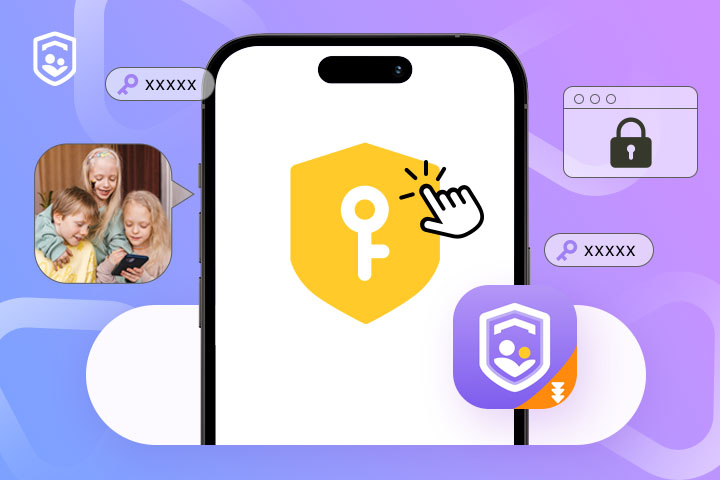


Here’s how to set it up:
On your device:
- Download and install FlashGet Kids (parent) from the website or Google Play Store/Apple Store.
- If you do not have a FlashGet account, please register for one. Then log in.
On your child’s device:
- Download and install FlashGet Kids (child) from a web browser.
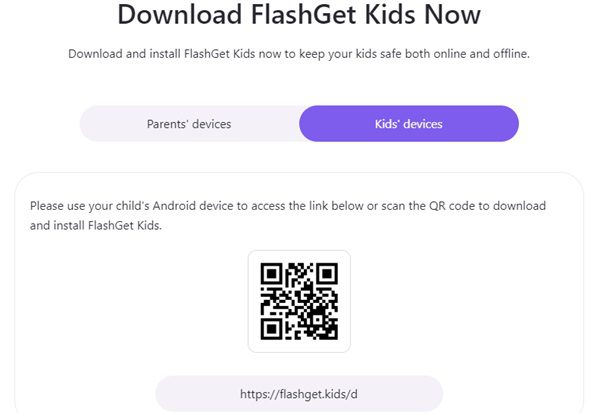


- Launch the parent app and enter the code for binding your child’s device.
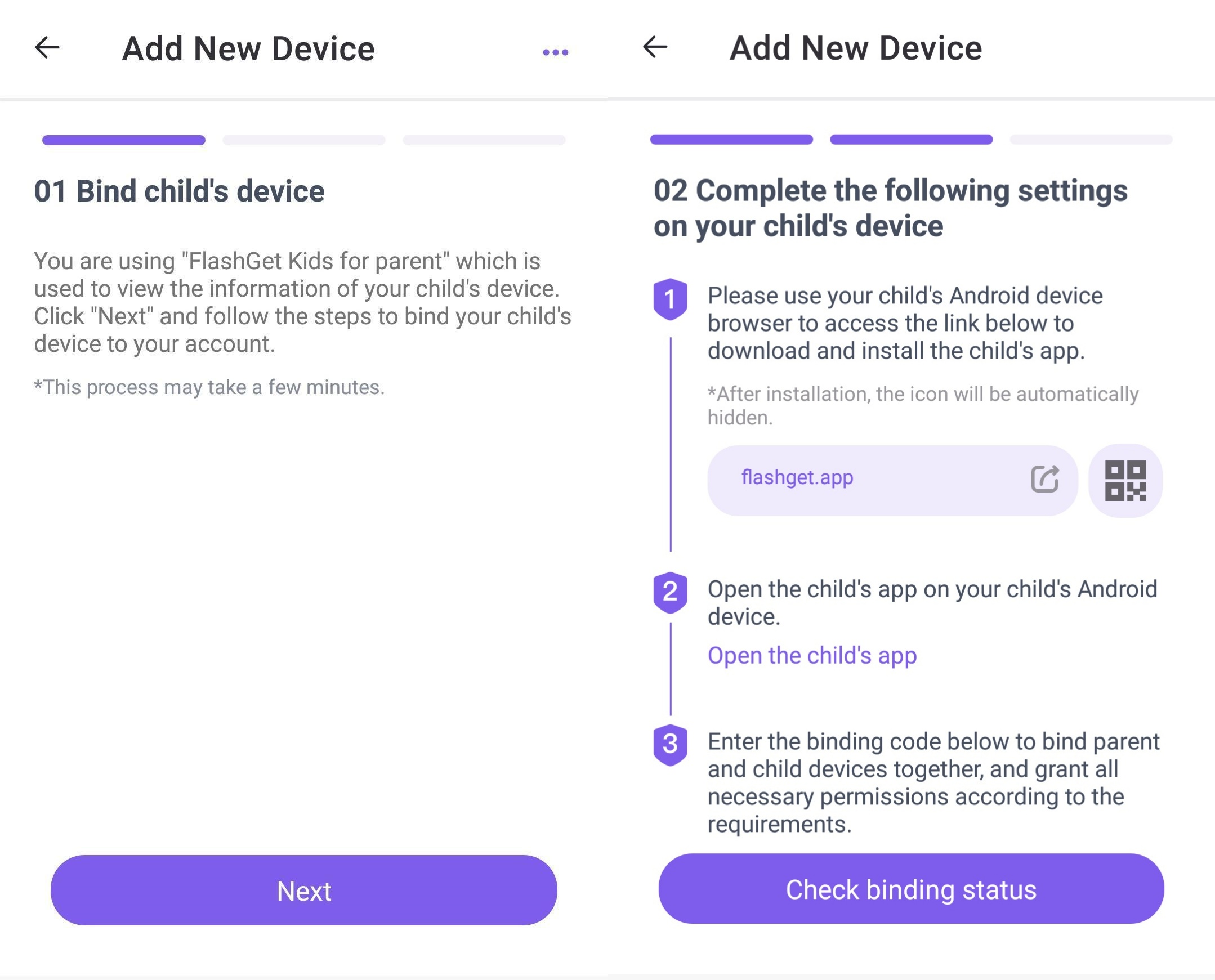


Monitoring your child’s activity:
- Configure monitoring preferences in the parent application.
- Set periods within which various devices can be used, restricting their constant utilization.
- Customize the keyword detection feature.
- Check the dashboard frequently to gain a better understanding.
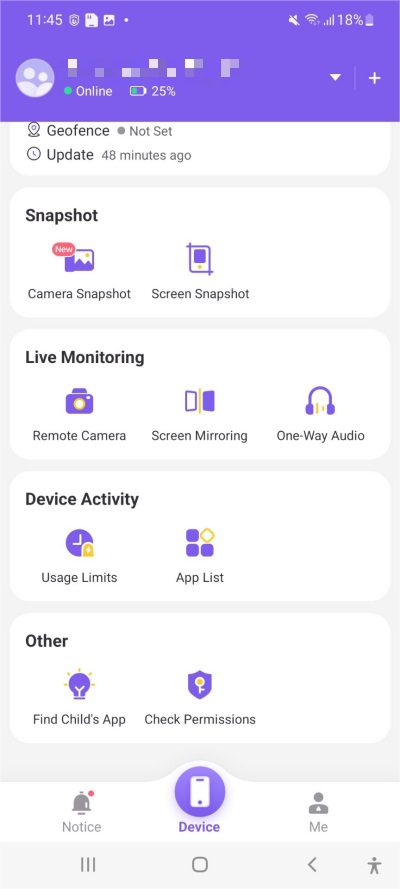


FlashGet Kids supports stealth mode, which can help parents quietly monitor and engage in their children’s daily lives and social activities.
Even though FlashGet Kids assists in protecting against various internet threats, honesty and trust between a parent and child are essential.
Final words
Now you are fully informed about Snapchat’s effective features for expanding users’ social circle and also the potential risks that come with it. Knowing the forms and dangers of social media sexting, not only on Snapchat, is key for parents to reduce the chances of children falling victim.
Only by promoting discussion and using effective solutions, such as FlashGate Kids, can you safeguard teens’ online interactions before they become a serious issue that harms kids’ growth.
FAQs
Is Snapchat safe to send private pictures?
No, Snapchat is not completely safe for sending any private information. While messages can disappear automatically, there are still ways to capture the content received through screenshots or other applications.
Are there Snapchat parental controls?
Snapchat has relatively low parental control features. Parents can prevent access to the content in the Discover section. However, for broader tracking, there are other third-party applications for parents, such as FlashGet Kids, that offer more options and control.
Does Snapchat have a secret mode?
Snapchat does not offer a secret mode per se, but additional features, such as “My Eyes Only,” can help keep Snaps hidden behind a password. Some users also post private stories or hide their location through the app’s “Ghost Mode.”
Is it OK for my 12-year-old to have Snapchat?
The minimum age for using Snapchat is 13. It is not advisable for kids 12 years of age and below due to the exposure to dangers mostly associated with the internet.

